Like many words that have found their way into the British Army’s common vocabulary, Sangar has its origins in India.
According to uncle Wikipedia it comes from the Persian for stone (san) and built (gar) although a more learned source describes a more complex origin;
The etymology of this word will be traced in Pushto and other languages of Indian sprachbund (Indian language union or linguistic area). Lahnda: sãgaṛh m. ʻ line of entrenchments, stone walls for defense ʼ.(CDIAL 12845) گ • (sang) m, Hindi spelling: संग stone, weight; association, union (Persian. Hindi)
Whatever the origin, it was commonly used by the British Indian Army to describe a small temporary fortified position used on the North West Frontier, where it was impossible to dig trenches.
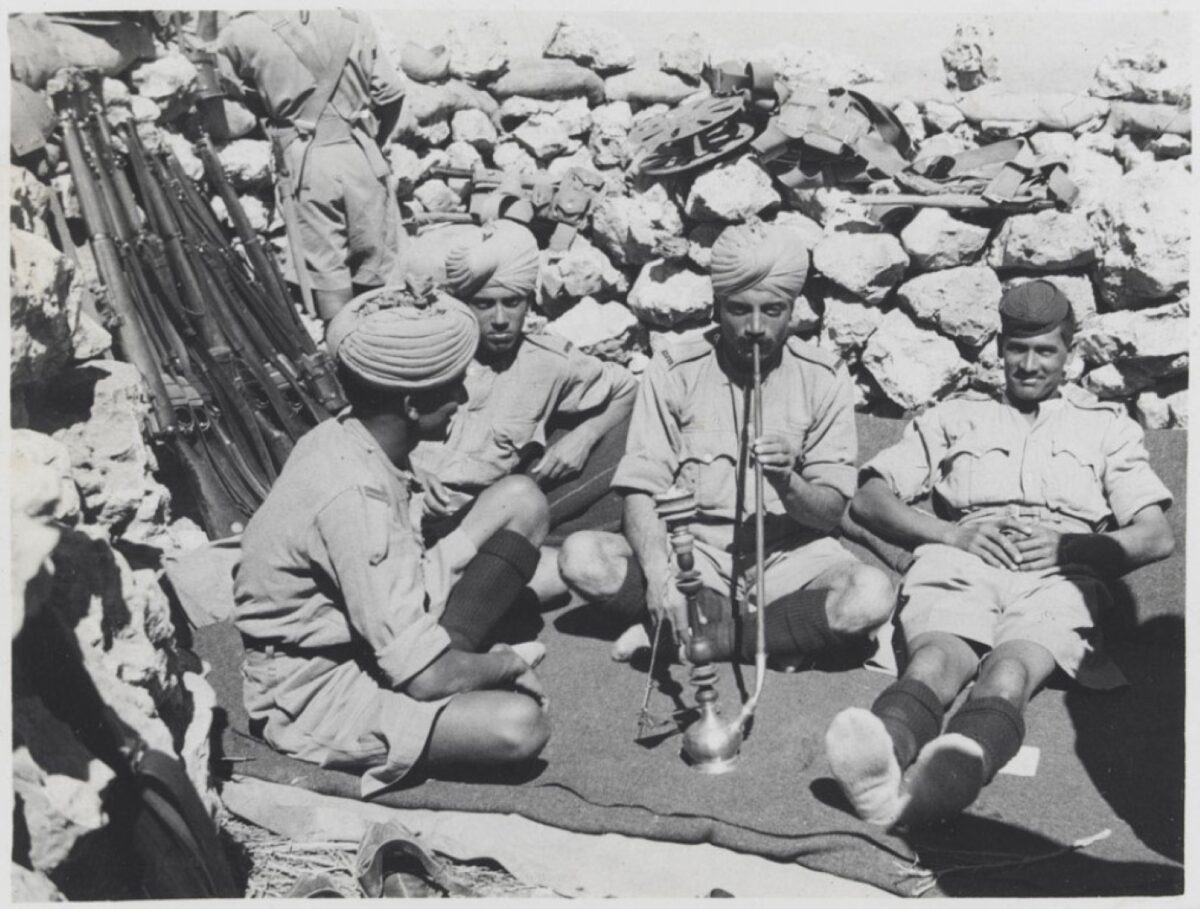
The official description is;
A sangar is a protected sentry post, normally located around the perimeter of a base. Its main function is to provide early warning of enemy/terrorist activity/attack to protect forces both within the base and those deployed within sight of the sangar
Originally using stones and rocks, the Sangar developed to include sand bags, common construction materials and in some cases, concrete culvert pipes.
Wherever the British and Commonwealth Armies fought, they would make use of sangars.

During WWII, there were numerous pill boxes built, with no better place to read about them than the Pillbox Study Group, click here.
In Northern Ireland, the sangar was developed even further to include RPG screens, bulletproof glass observation panels and sophisticated surveillance equipment.
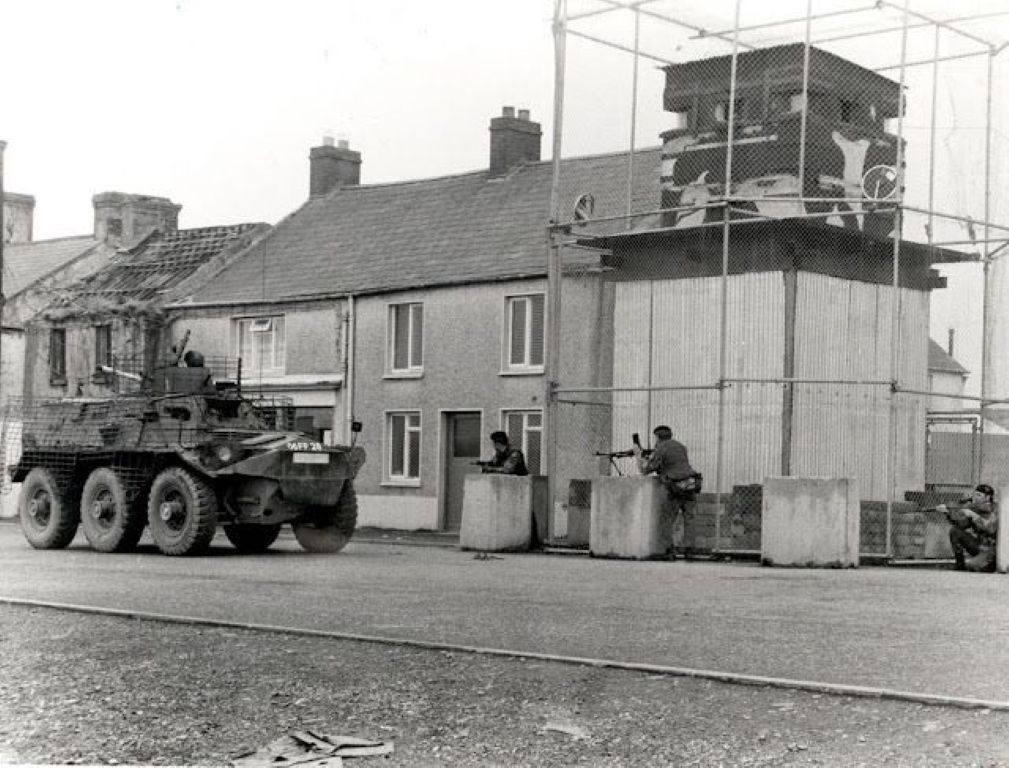
Frontline Ulster has a fantastic article on Northern Ireland Sangars, click here to read.
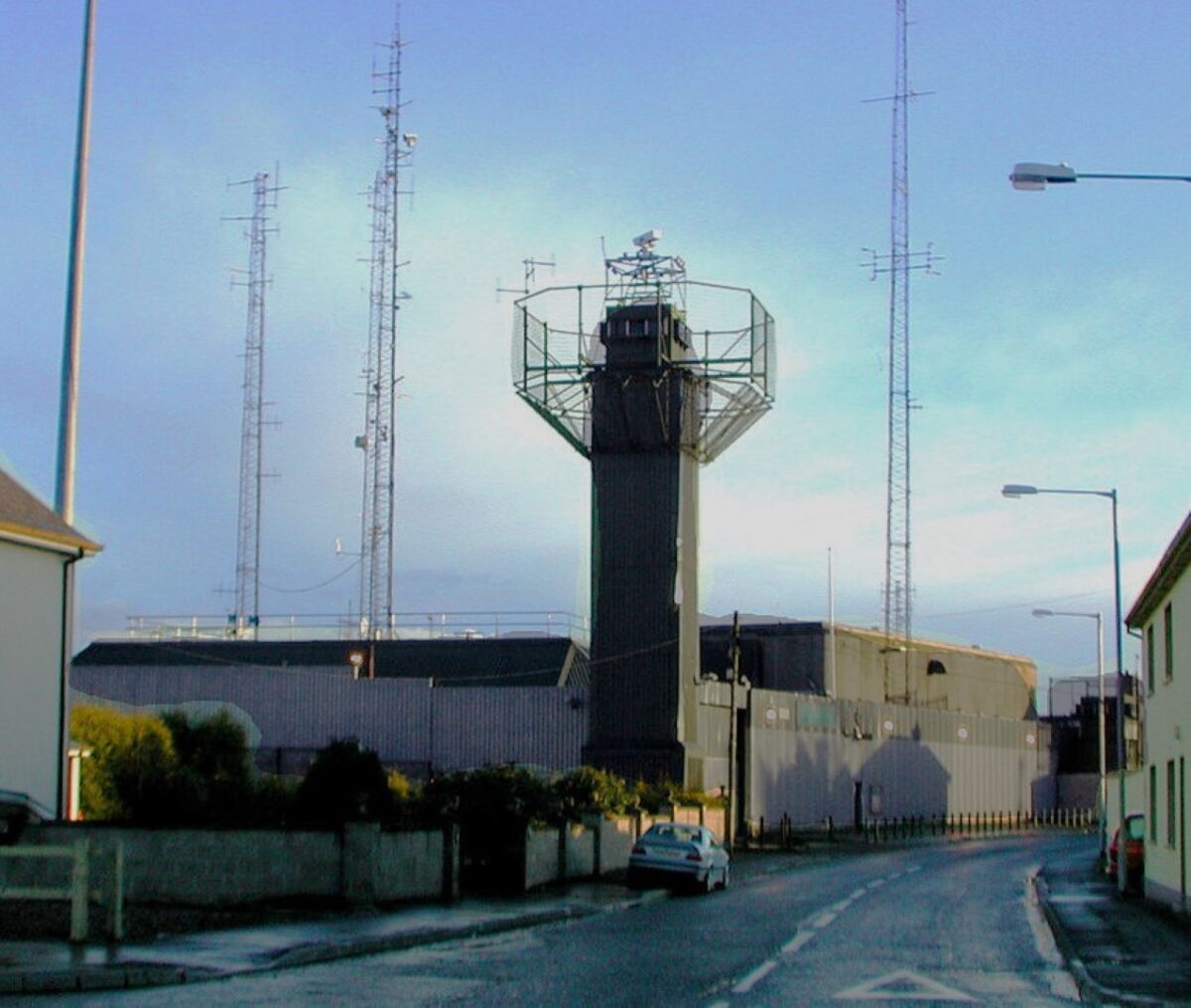
The Military Experimental Engineering Establishment (MEXE) developed and tested prefabricated and sectional concrete ground level sangars in the sixties and seventies.
This, made from steel.

This, interlocking concrete blocks.

Note how the roof was secured using tubular steel.
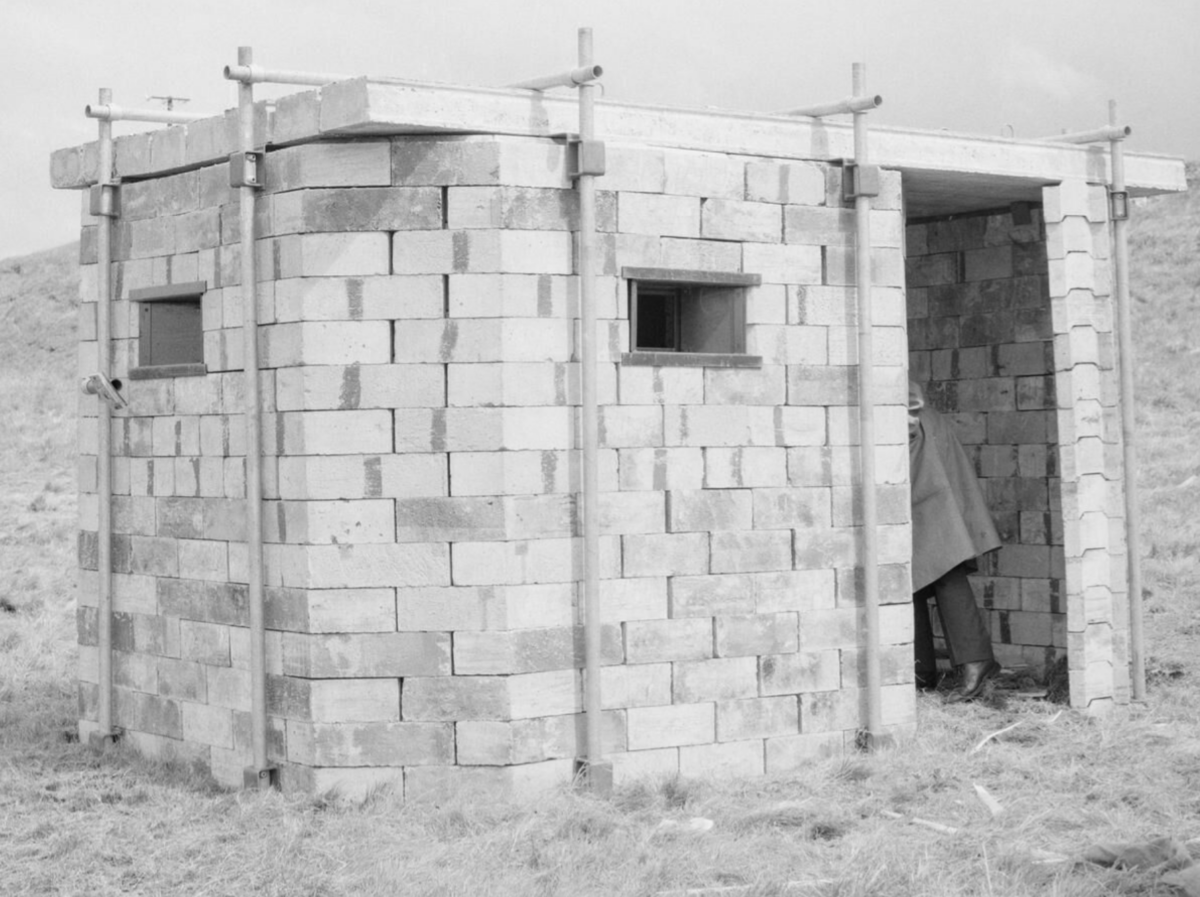
And this one, using precast concrete sections.
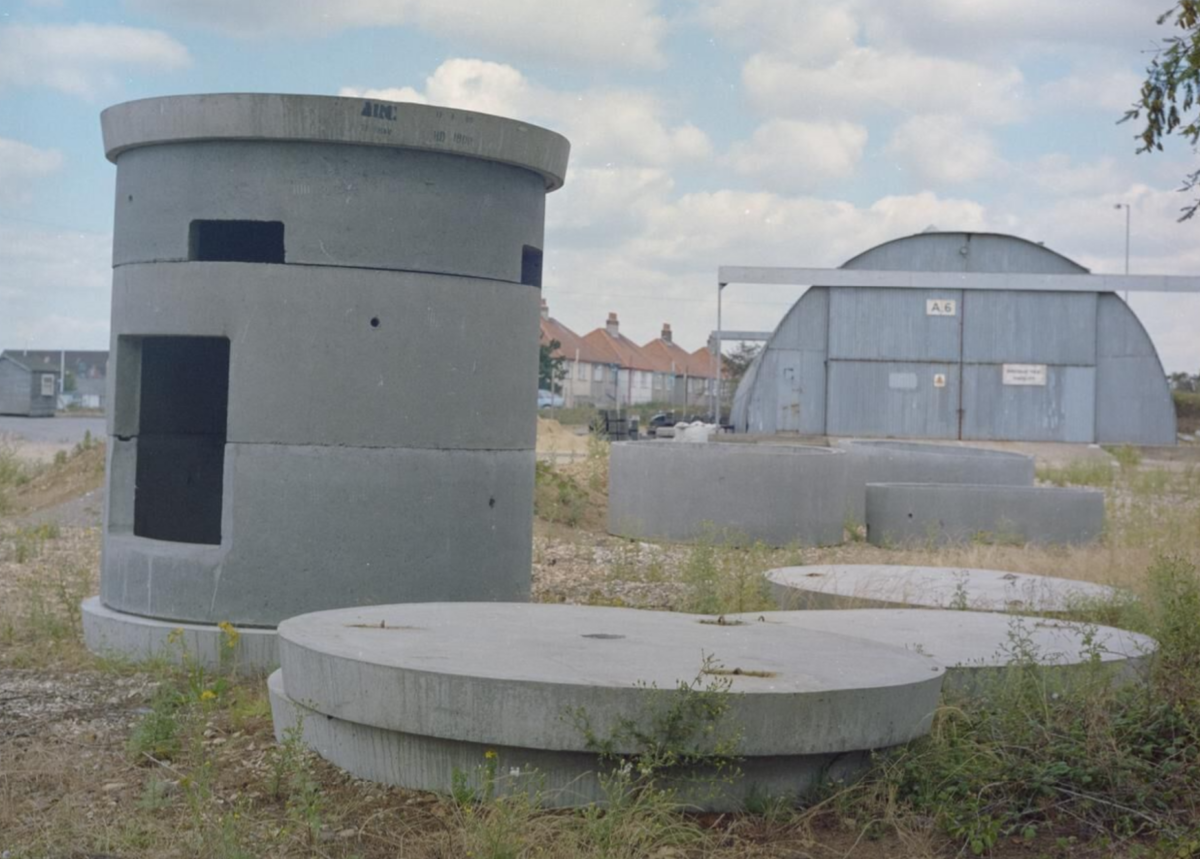
As part of the peace process in Northern Ireland, all were eventually dismantled.

This particular design was called the Mobile Adjustable Threat (MAT) sangar, equipped with lifting eyes, they could be easily transported.

In Afghanistan, the Sangar played a key role, whether using traditional timber and sandbags.
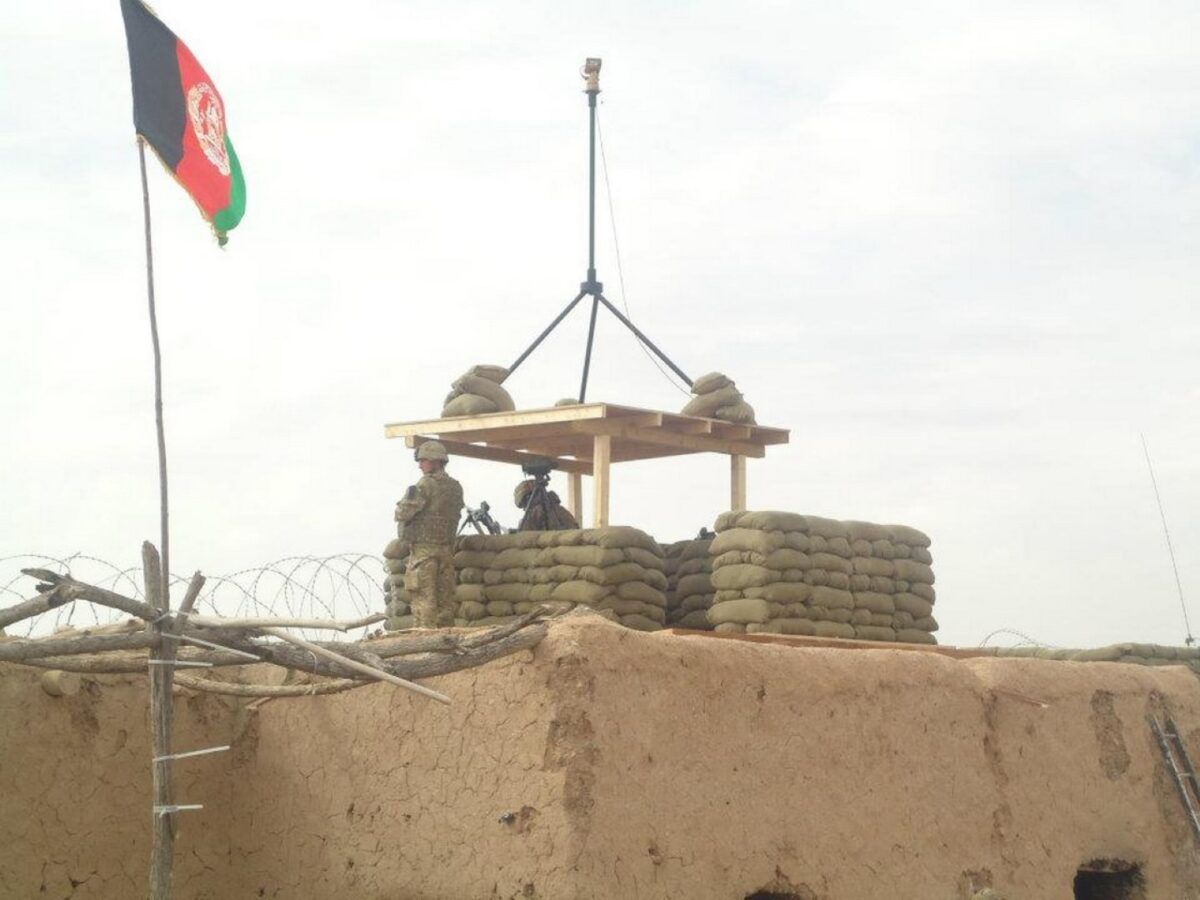
Or Hesco Bastion units.

And even those that were many decades old, were supplemented with Hesco baskets.

They even get the occasional VIP visitor
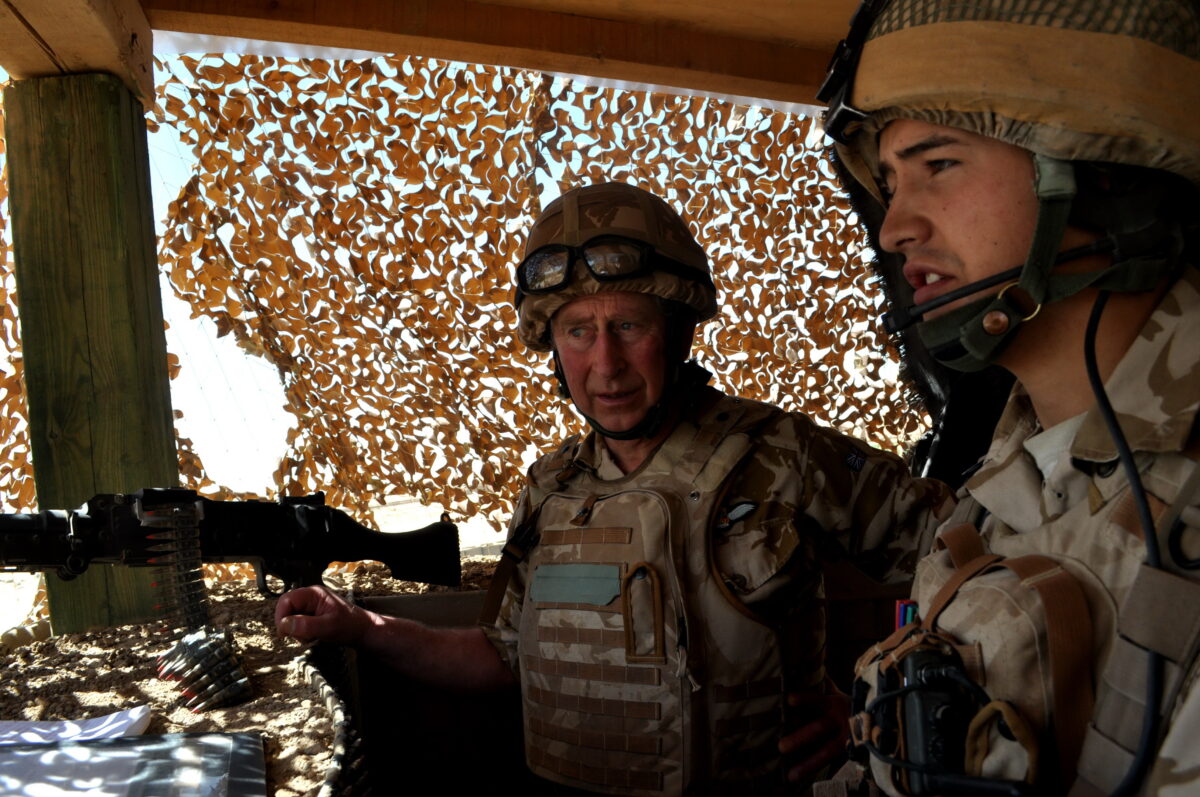
Even some of those removed from Northern Ireland made it to Afghanistan, this is a Multi-Armoured Role Sangar (MARS), at Kandahar airbase.
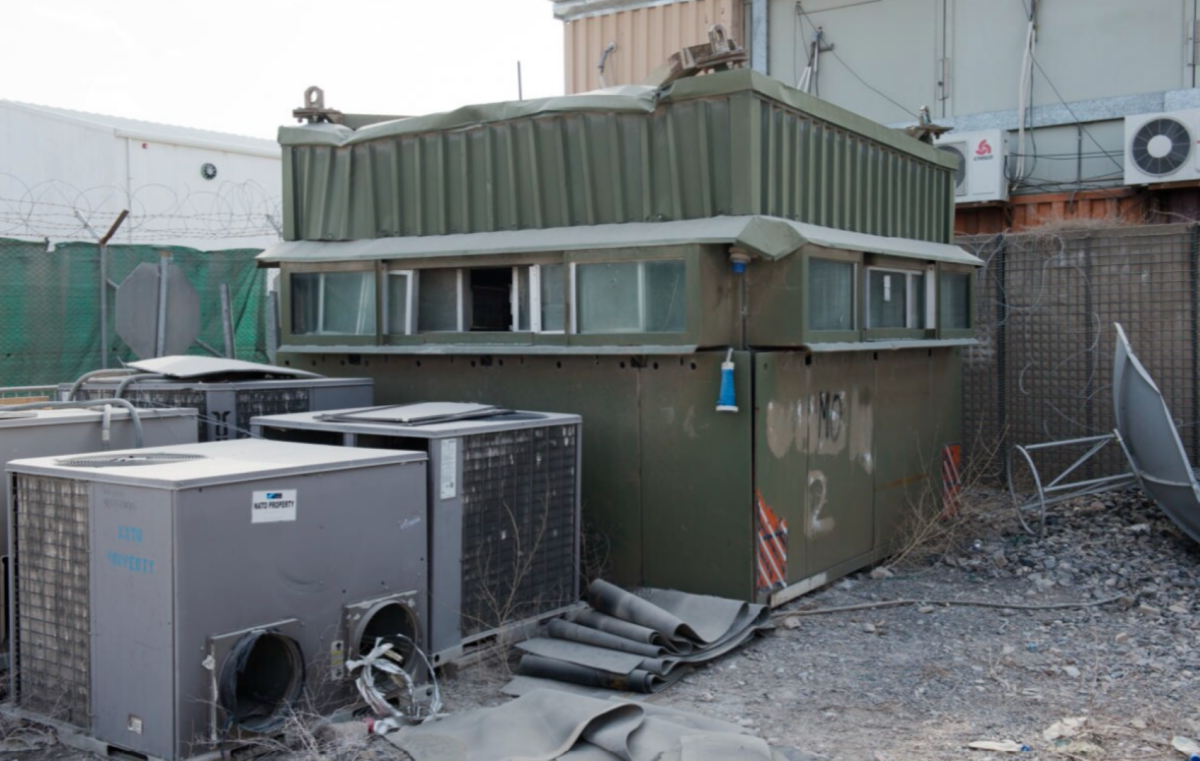
The British Army and industry continued to invest in improvements to the Sangar.
An ex Northern Ireland MAT Sangar was modified with a Selex Enforcer RWS

Evolving from this, the Marshall Safebase system of containerised sangars.
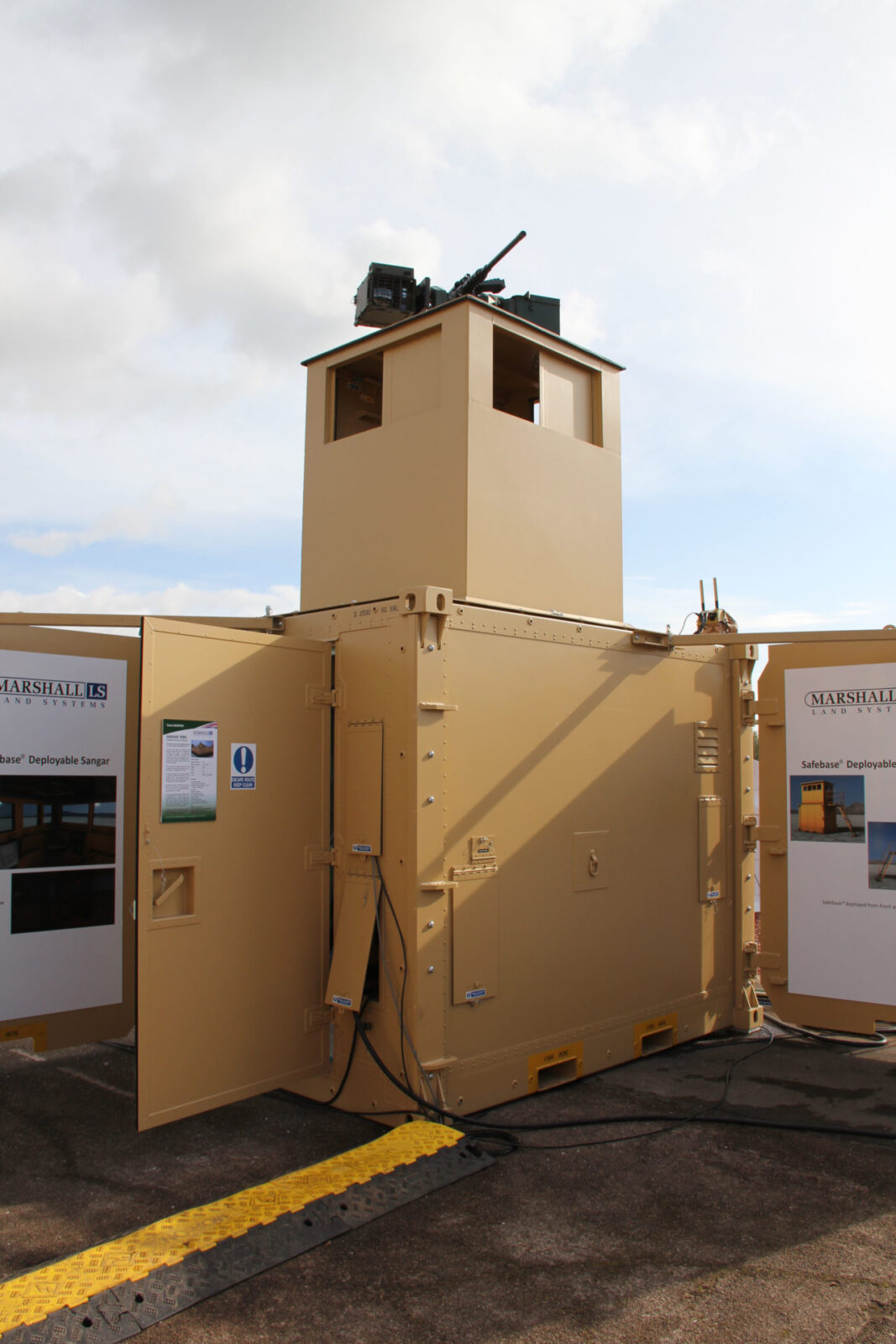
But the biggest improvement was something called the Expeditionary Elevated Sangar (EES).
The Expeditionary Elevated Sangar (EES) is a prefabricated kit of parts, with the elevation being taken care of by a Cuplok scaffold tower.

Cuplok scaffolding has been used for many years in the Army, but mainly for elevating water tanks.
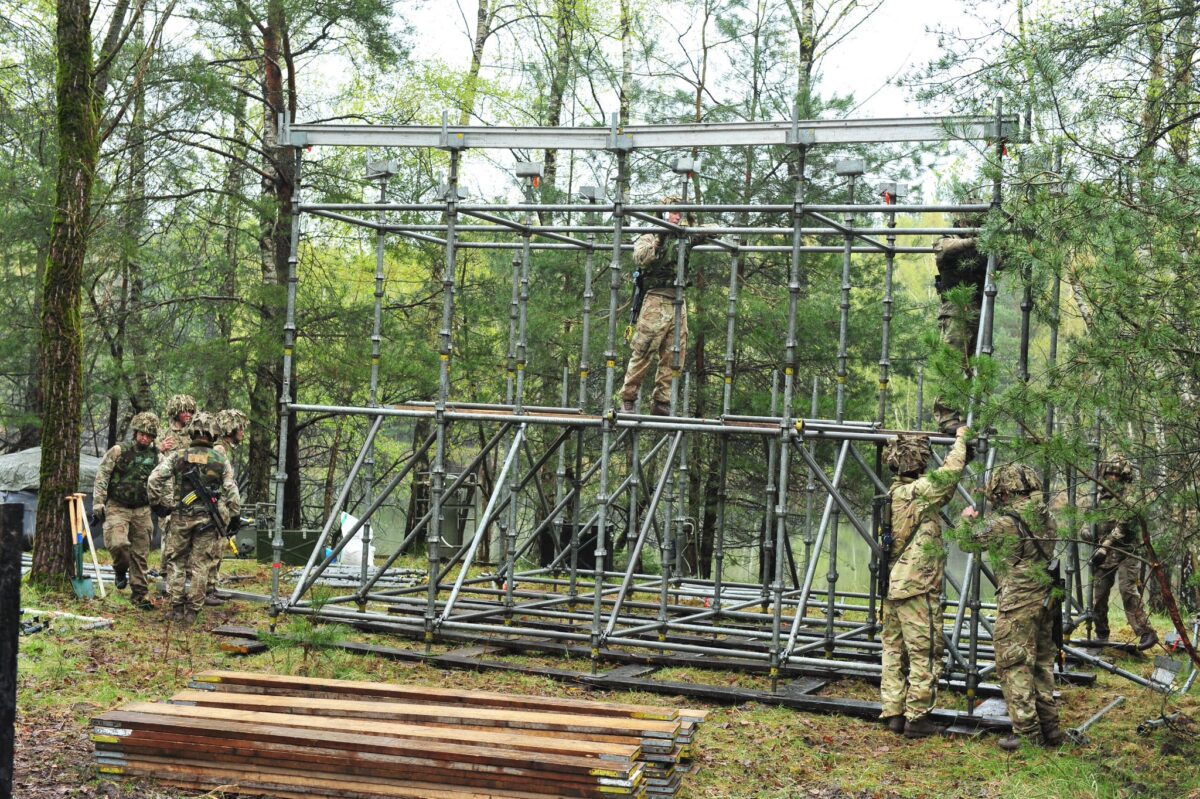
The Cuplok scaffolding and DuAl beam system are both in the SGB portfolio, now owned by Brand Safway
Cuplok uses galvanised components and the cup and blade interlocking system that allows up to 4 components to be connected at the same point.

The decking system can support significant loads.
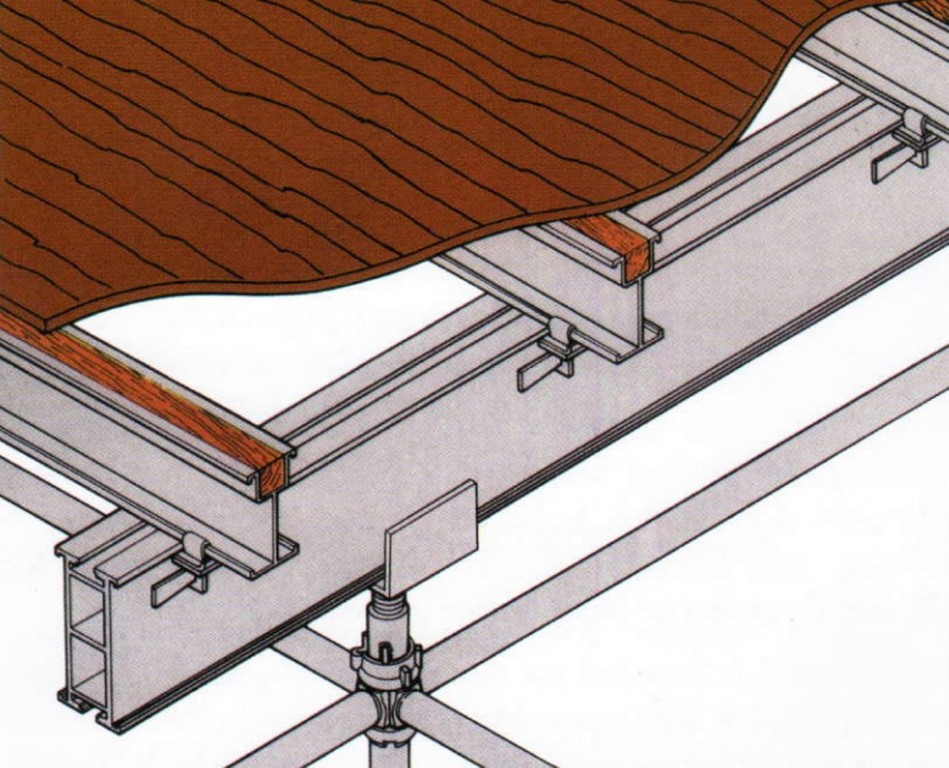
Prefabricated steps provide access to the upper level.
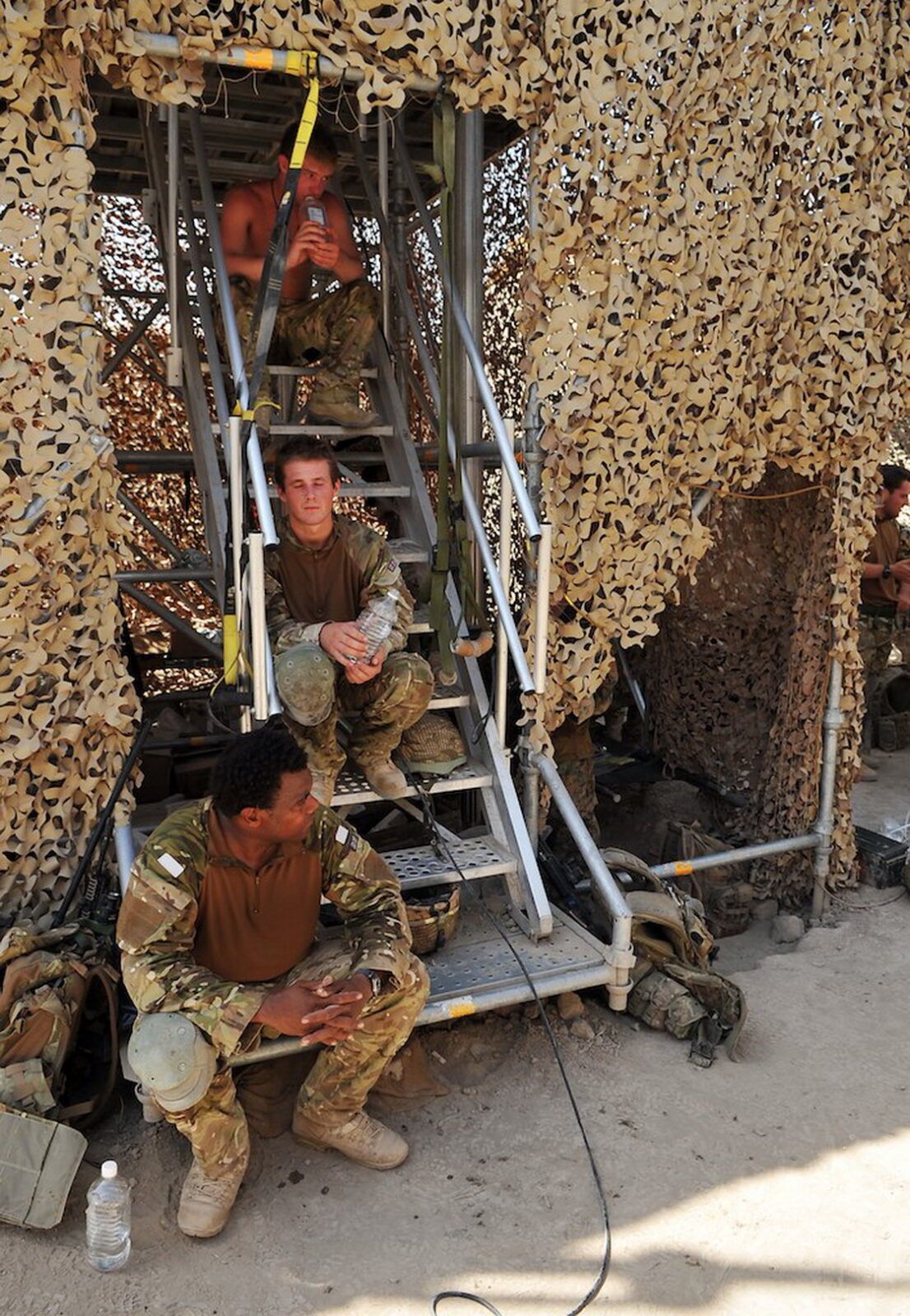
The EES is a clever design, minimising labour and build times.
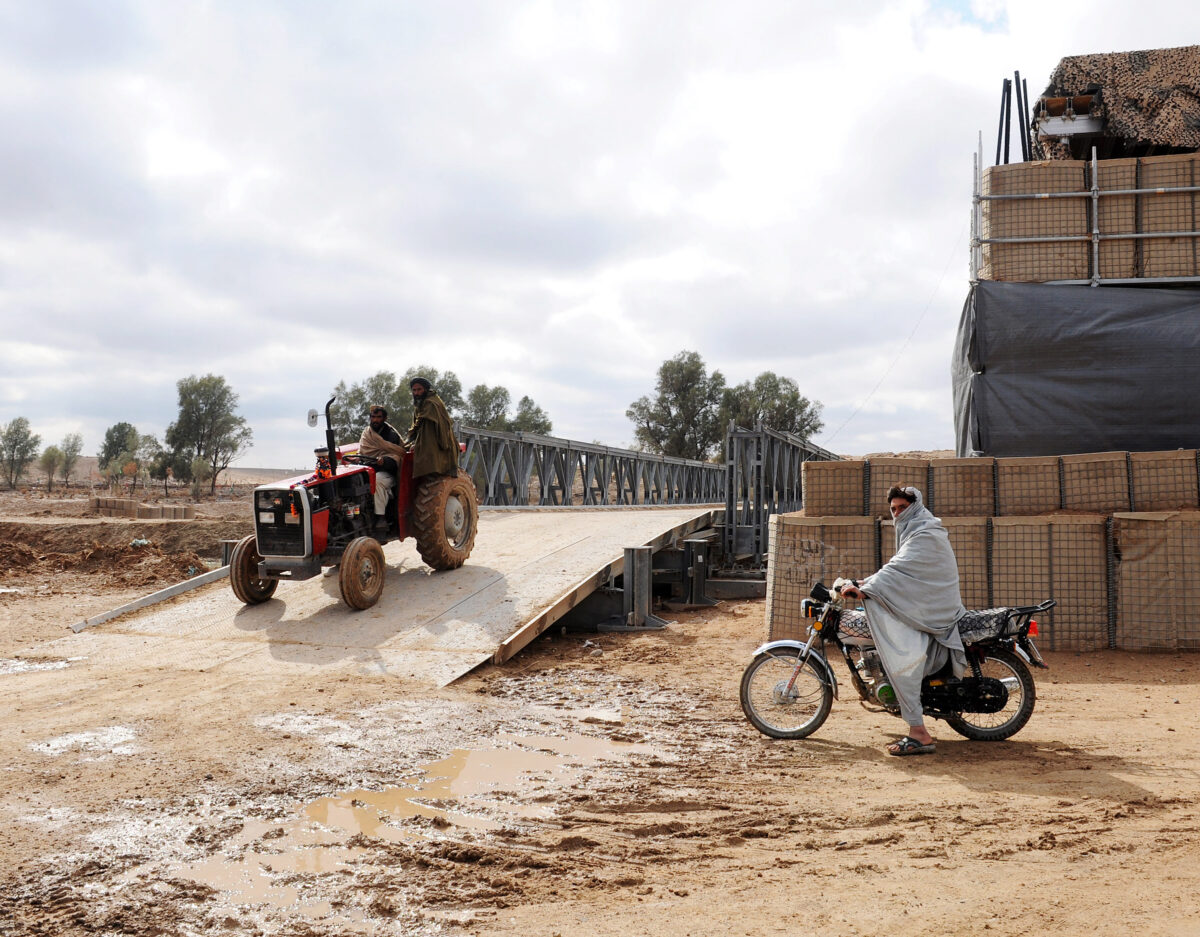
The HESCO baskets can be filled using the grab bucket on the Iveco Self Loading Dump Trucks
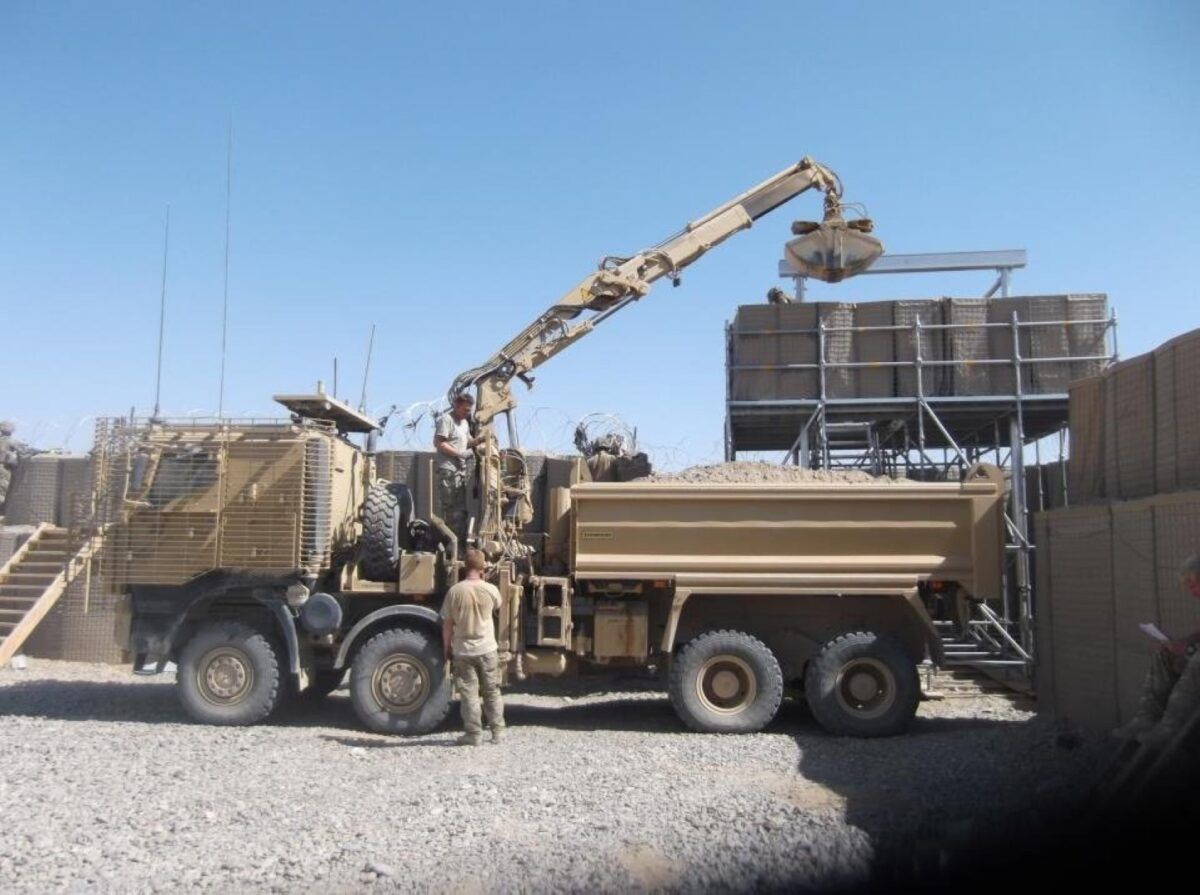
Other engineering plant,

Or in-extremis, by hand using Bergen’s (emotional)
A complete EES can be carried in a single 20 ft ISO container.
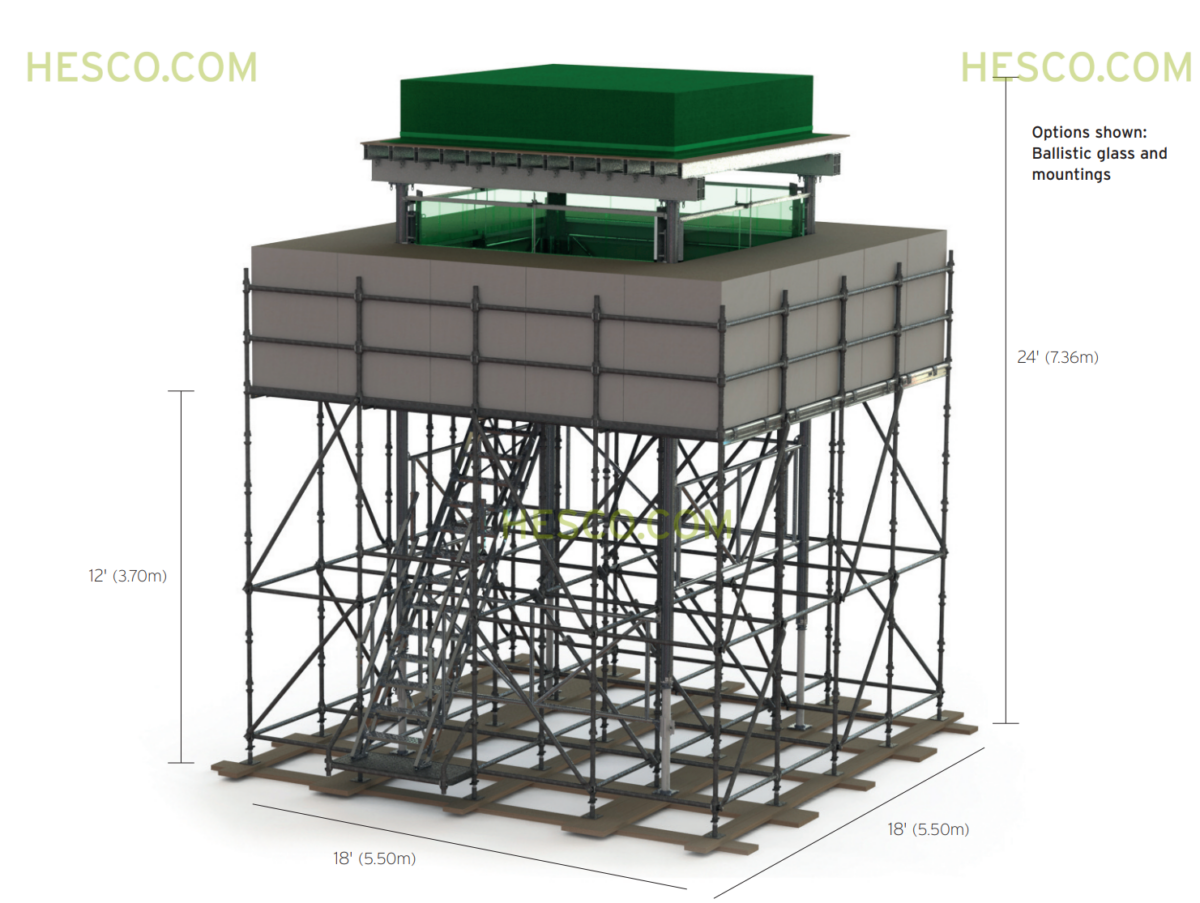
So how much is one of these marvels of British military engineering?
We can get a few clues by looking at the military aid budget and export control publications. One source lists the cost of an EES at £25,942 and another describes how five of them cost £120,921.
All of them were gifted to Afghanistan.
A ground version is also available.
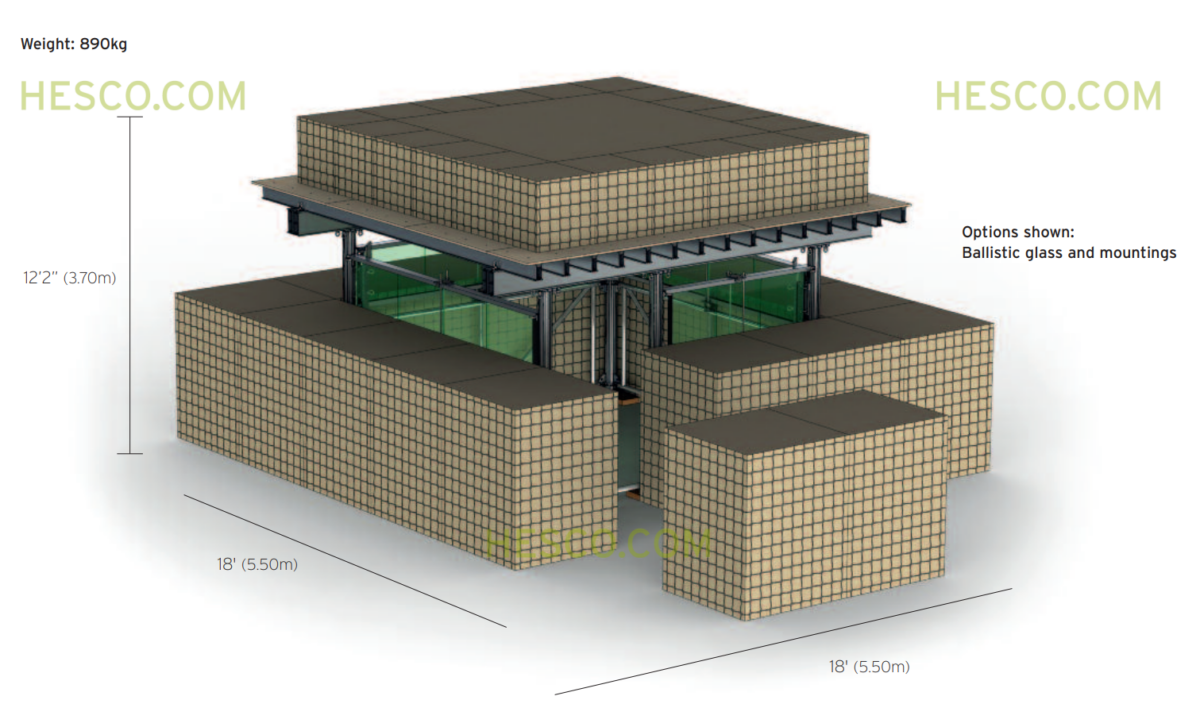
Dirickx also offers a range of similar designs.
Look at the lifting eyes, seem familiar?

In March 2013, the Lebanon Daily Start reported;
The Daily Star has learned that four towers will be constructed on the volatile border initially, and if the scheme is successful further ones could be erected elsewhere along the frontier.
But the Army will have to convince potentially suspicious and skeptical local residents – some of whom actively support Syrian rebels – as well as the Syrian army, that the observation towers do not pose a threat to either side but are there to reinforce the Army’s presence in the north and help it better monitor the border.
The four towers are located in hills or promontories in Mqaibleh allowing views across Wadi Khaled to the north, Shadra, Menjez and Abboudieh, the latter three overlooking the Kabir River valley that marks the border. A fifth tower will be erected at the Hamat air base and army training facility.
Troops will undergo a two-week training course on the tower at Hamat before deploying along the border.
Each tower will be constructed from six stacked shipping containers with the lower levels surrounded by Hesco blast barriers. The observation room at the top of the approximately 10-meter high tower will be protected by bulletproof glass and surrounded by anti-missile fencing. A bomb shelter constructed from sandbags and Hesco barriers at the foot of the tower will provide additional protection. Surveillance of the border will be conducted by sophisticated remote control long-range cameras equipped with night vision allowing clear resolution images up to 20 km away. All video footage is recorded and may be monitored from an operations room on the ground floor of the tower.
The project began last year when Army Commander Gen. Jean Kahwagi requested assistance from the British Embassy to help the army better control the northern border.
The British suggested to Kahwagi that that the Lebanese Army build fortified observation towers modeled on the British army’s “Sangars,” which have been used in Northern Ireland, Iraq and Afghanistan.
In December 2013, the UK announced a £10m package of measures to help the Lebanese Land Border Regiments.
Hardly a secret, the December 2013 announcement described the measures in more detail;
A joint LAF-UK project team briefed the Minister on the ongoing construction of 12 border watchtowers, and demonstrated to the Minister a range of new equipment being delivered to the Land Border Regiments, including vehicles, body armour, radios, HESCO bastion, and long range observation cameras. The team also briefed the Minister on the training programme that accompanies the equipment, and the work of the Joint Project Implementation Team to integrate these new capabilities into the Land Border Regiments’ operations.
Wonder if they are still there?
Although they might be called different things, Ukraine has used variations on these techniques for above ground fighting positions where soil conditions do not allow burial.

Russia also seems to be using precast structures.

Finland and other Baltic countries are using interlocking concrete blocks to create sangars and other above ground systems.
Also shown below
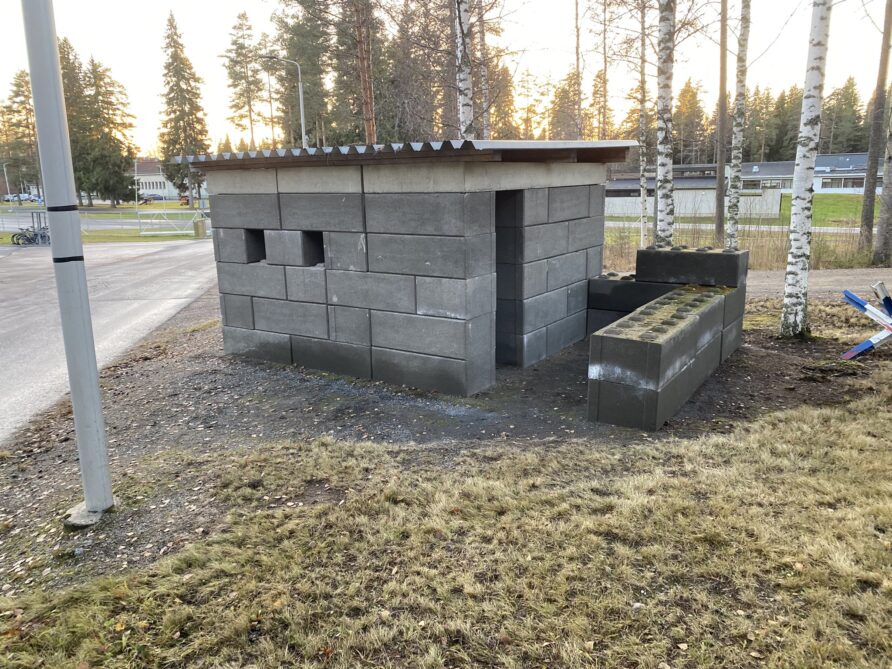
And as highlighted in previous posts, QUICKBLOCK

Lots of options, including this from the USA
Think Defence is a hobby, a serious hobby, but a hobby nonetheless.
I want to avoid charging for content, but hosting fees, software subscriptions and other services add up, so to help me keep the show on the road, I ask that you support the site in any way you can. It is hugely appreciated.
Advertising
You might see Google adverts depending on where you are on the site, please click one if it interests you. I know they can be annoying, but they are the one thing that returns the most.
Make a Donation
Donations can be made at a third-party site called Ko_fi.

Think Defence Merch
Everything from a Brimstone sticker to a Bailey Bridge duvet cover, pop over to the Think Defence Merchandise Store at Red Bubble.
Some might be marked as ‘mature content’ because it is a firearm!
Affiliate Links
Amazon and the occasional product link might appear in the content, you know the drill, I get a small cut if you go on to make a purchase
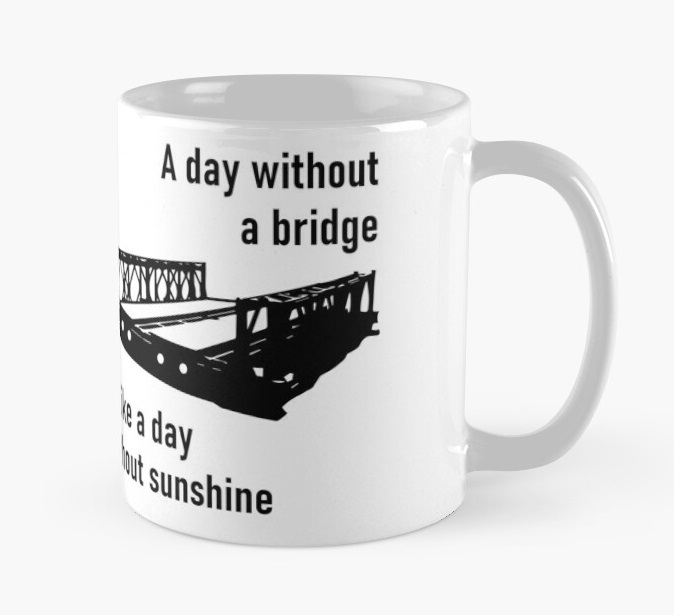


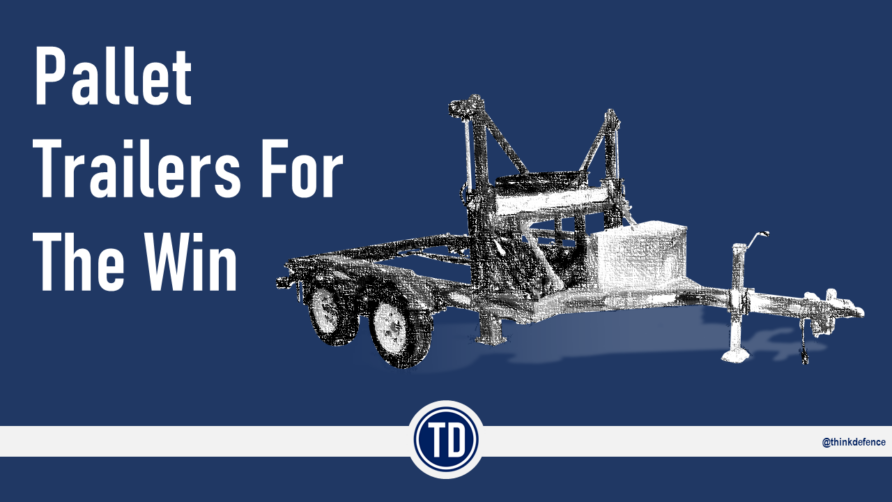
The tubular pre-cast concrete sangar were commonplace on RAF Bases in the 1990's, particularily on Hardened Aircraft Shelter (HAS) sites. i recall they were called "Yarnold Bunkers"